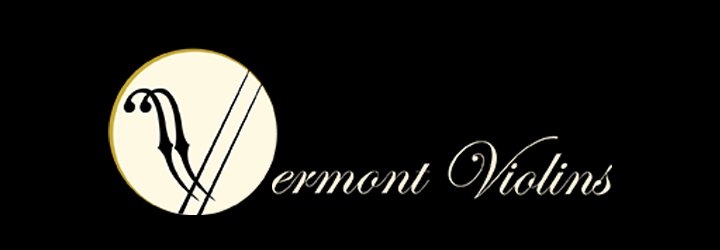Finding Your Perfect Violin
When purchasing a violin or orchestral stringed instrument, one of the questions I get most often is whether to buy a brand-new instrument or an older, ‘used’ instrument. Both options come with distinct advantages and drawbacks, and the right choice depends on your personal needs, budget, and playing style.
The Sound: New vs. Old
One of the most debated topics among musicians is whether older instruments sound better than new ones. The argument in favor of older violins is that their wood has aged and matured over time, often producing a warmer, more resonant sound. Many players claim that older violins have a richer, more complex tone due to the years of vibrations enhancing the wood’s properties.
However, modern violin-making techniques have advanced significantly. Today’s high-quality new violins are crafted with precision, using well-seasoned wood and expert craftsmanship. While sometimes they may not have the depth of character of a centuries-old violin, some new violins can rival older ones in terms of projection, clarity, and responsiveness.
Playability and Condition
New violins have the advantage of being in pristine condition. They come with fresh varnish, unwarped wood, and perfectly fitted parts, making them easier to maintain in the early years. This is especially beneficial for beginners and intermediate players who may not want to deal with the quirks of an aging instrument.
Older violins, on the other hand, may require more maintenance. Depending on their age and history, they might have cracks, worn-out fingerboards, or other structural issues that need repair. While well-maintained antique violins can still be in excellent playing condition, their upkeep can be more expensive than a new violin.
Price and Investment Value
The cost of a violin can vary greatly, but in general:
• New violins range from budget-friendly student models to high-end handcrafted instruments. While they may depreciate in value initially, a well-made new violin can still hold its value over time.
• Old violins, especially those made by well-known makers, tend to appreciate in value. If you buy a high-quality ‘used’ violin, it could be a long-term investment. However, the price of a fine old violin is often significantly higher than a new one of similar quality.
For beginners and students, a good new violin is often the more affordable and practical choice. Advanced players or collectors, however, might prefer the character and value of an older instrument.
Which One Should You Choose?
If you are a beginner or intermediate player looking for an affordable, low-maintenance instrument, a new violin is likely the best choice. Modern violins offer great sound quality, reliability, and ease of play without the potential headaches of maintaining an older instrument.
If you are an advanced player, professional, or collector who appreciates tonal complexity, and historical value, an old violin might be worth the investment.
Ultimately, the best way to decide is to play both. Visit a violin shop, try out different instruments, and see which one speaks to you. Whether new or old, the right instrument is the one that feels and sounds the best in your hands.




